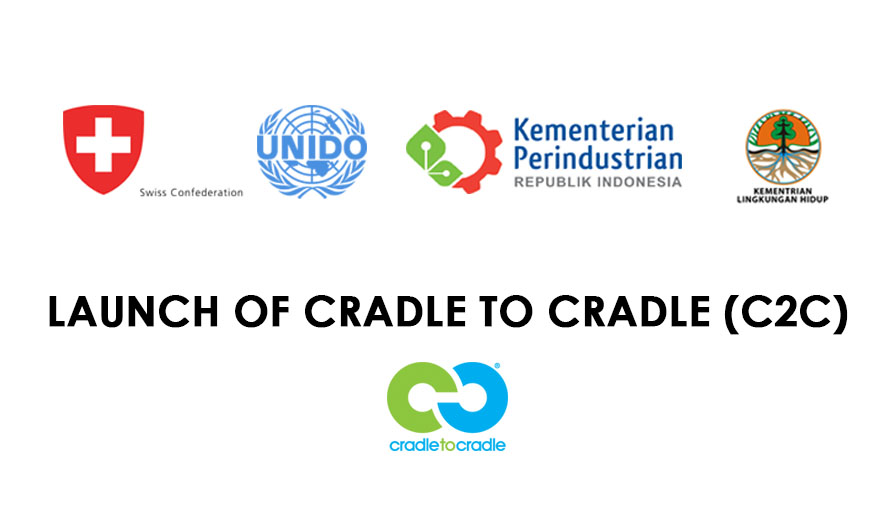MBDC had an inspiring time at the World Ethical Apparel Roundtable (WEAR) conference in Toronto last week. WEAR, put on by Canada’s only not-for-profit fashion industry organization, Fashion Takes Action, brought together fashion and sustainability leaders as well as journalists and government representatives with the mission of transforming the global apparel and textile industries toward a circular economy. Our three most exciting takeaways were:
- Circular fashion is a growing shared goal for the industry
- Collaborative advantage is winning out over competitive advantage
- Cradle to Cradle Certification™ is clarifying the qualification for the circular economy
Circular Economy
The future of the circular economy in the fashion industry was a common thread in conversations throughout the conference. Jay Bolus, MBDC’s President of Certification Services, added to the chorus with his keynote, Cradle to Cradle Design™ for the Circular Economy. C&A, a leading European retailer and MBDC collaborator, was represented by circular economy leader Charline Ducas, who spoke about C&A’s recent achievement of Cradle to Cradle Certified™ GOLD denim jeans. The jeans, which C&A refers to as the “world’s most sustainable” are designed for circularity from the beginning.
Collaborative Advantage
Several speakers acknowledged the growing trend in the fashion and textile industry to openly share information while many sectors keep the majority of the information proprietary. C&A, as well as other companies in attendance, emphasized the need for the industry to come together in collaborative advantage as opposed to competitive advantage. Ducas spoke about the transparent nature of the C2C denim jeans project including the Developing Cradle to Cradle Certified™ Jeans Guide, a toolkit which includes concrete solutions on how to approach intricate garments such as jeans. The guide was created by Fashion for Good, co-founded by William McDonough, an open-source initiative that supports the transformation of apparel culture toward a circular economy.
Cradle to Cradle Certified™
During his keynote, Bolus explained the role of Cradle to Cradle Certified™ in framing the conditions needed for a healthy circular economy. During the presentation Bolus explained how the certification not only ensures that healthy and safe materials are designed for circularity but also use renewable and clean energy, optimize water usage and treat all people with dignity throughout the supply chain. Embracing Cradle to Cradle Design™ throughout diverse supply chains, which can include dyes, yarns and auxiliaries, also has the potential to support companies in creating circular products.
To learn more about Cradle to Cradle Design™ and how to get on the path to certification, contact us.




